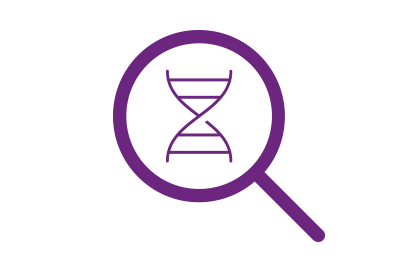Mice with compromised immune systems are invaluable research tools. Starting with the discovery of athymic nude mice in the 1960's, the portfolio of immunodeficient rodents has grown significantly. Although these models are used quite widely, not all researchers understand their intrinsic characteristics and how those characteristics impact experimental outcomes. Learn more about two key immunodeficient models, scid mutants and Rag2 knockouts, and how to choose the most appropriate model for your study.
The scid mutation
The scid mutation was first discovered in 1983 by Mel Bosma at the Fox Chase Cancer Center1. Scid stands for severe combined immunodeficiency. This mutation arose spontaneously in a colony of C.B-17 mice that Bosma was using for studies of immunoglobulin isotypes. The scid mutation is a mutation in the Prkdc gene, protein kinase, DNA activated, catalytic polypeptide. The specific genetic alteration in the Prkdcscid allele is an T-to-A transversion point mutation at codon 4095, which creates a premature stop codon2,3. Prkdc is involved in DNA repair via non-homologous end joining (NHEJ). V(D)J recombination, which rearranges the genetic components of antibodies and T cell receptors during B and T cell development, requires NHEJ for proper function.
Due to the NHEJ defect in Prkdcscid mutants, scid mice lack both mature T and B cells. As one of the first immunodeficient models available, that original scid, the C.B-17 scid, was disseminated worldwide and has been used in thousands of studies. The Prkdcscid allele was also backcrossed onto other strain and stock backgrounds to make models such as the outbred ICR scid and the NOD scid. Among the scids that Taconic Biosciences offers, the C.B-17 scid is the most requested, primarily due to the wealth of historical data and publications using the strain. But it may not always be the best experimental choice.
 Key Takeaways
Key Takeaways














.jpg)

.jpg)
.jpg)
.jpg)
.jpg)





.jpg)


.jpg)
.jpg)

.jpg)


.jpg)





.jpg)

.jpg)




